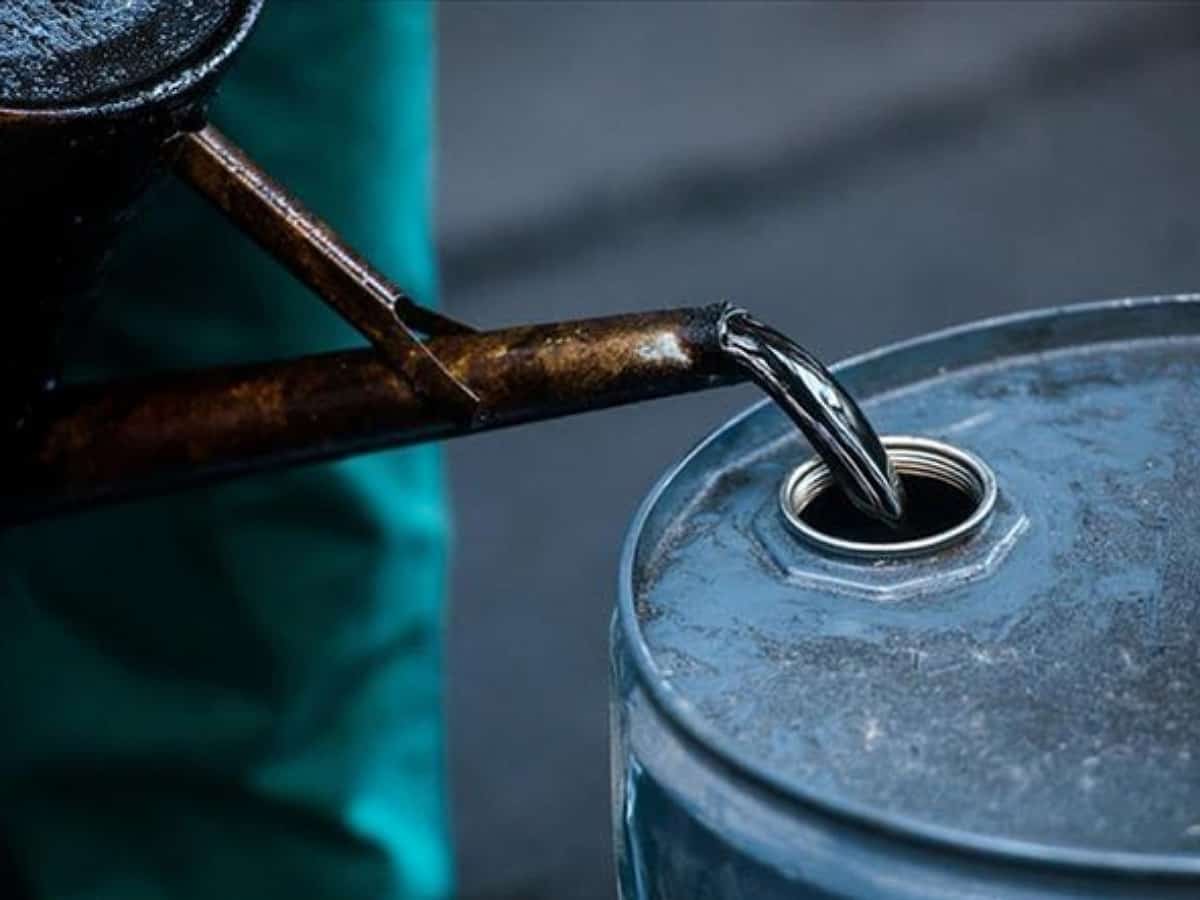
New Delhi: India’s strategy of continuing to buy cheap oil from Russia despite Western pressures against these purchases has resulted in the saving of around $7.9 billion in the country’s oil import bill during the first 11 months of the fiscal year 2022-23 and also helped the country to lower its current account deficit.
Prime Minister Narendra Modi-led government has stood firm in maintaining its ties with Russia despite the Western sanctions against Moscow.
In fact, during April this year, India imported more Russian oil but less from Iraq and Saudi Arabia than it did a month earlier, according to data compiled by trade tracking agencies Kpler and LSEG.
The imports during April went up by 13-17 per cent, the data shows.
Russia remained India’s top oil supplier in April followed by Iraq and Saudi Arabia, the data showed.
Its oil imports from Iraq declined by 20-23 per cent, the data showed.
Since India is the third-largest importer of crude oil in the world, these large purchases of Russian oil have also helped to keep prices in the world market at more reasonable levels, which has benefited other countries as well.
Data compiled by the Ministry of Commerce and Industry shows that in volume terms, the share of crude petroleum imported from Russia jumped to 36 per cent in 11 months of FY 2024 from 2 per cent in FY2022, while that from West Asian countries (Saudi Arabia, the UAE and Kuwait) fell to 23 per cent from 34 per cent.
The discounts on Russian oil generated huge savings in the oil import bill. According to an ICRA report, the imputed unit value of imports from Russia was 16.4 per cent and 15.6 per cent lower than the corresponding levels from West Asia in FY 2023 and 11 months of FY2024, respectively.
ICRA estimates this to have led to savings in India’s oil import bill amounting to $5.1 billion in FY 2023 and $7.9 billion in 11 months of FY 2024, thereby compressing India’s current account deficit (CAD)/GDP ratio by 15-22 bps in FY2023-24.
According to ICRA’s calculations, a $10 per barrel uptick in the average crude oil price for the fiscal pushes up the net oil imports by around $12-13 billion during the year, thereby enlarging the CAD by 0.3 per cent of the GDP. Accordingly, if the average crude oil price rises to $95 a barrel in FY2025, then the CAD is likely to widen to 1.5 per cent of GDP from our current estimate of 1.2 per cent of GDP for FY 2023-24.
